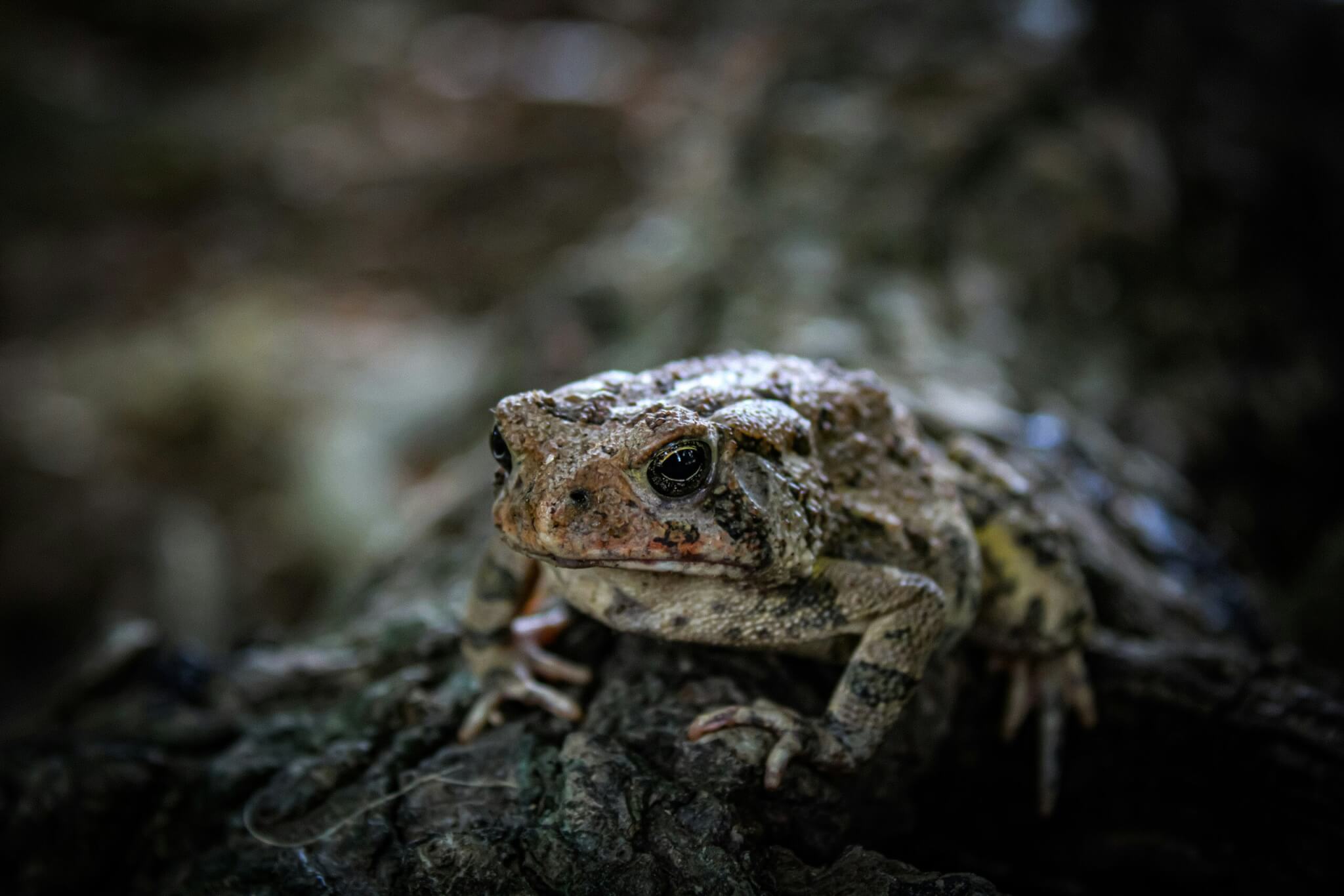As the lettuce and spinach season starts in Devon, we are clearing up the last stragglers on our farm in France and are busy harvesting cabbage, kohl rabi and the first courgettes. When the first female courgette flowers opened two weeks ago there was not enough pollen about (weirdly the male flowers seem to open a little later) and not enough pollinating insects to carry it to female flowers. Poor pollination produces aborted or misshapen fruit, which must be picked off by hand to divert the plant’s efforts into filling better fruit. After the first pick, the ground is littered with rejects, with only 20% making it into the barrow. Next week will be better and we will be picking until early July when the UK crop starts.
In the tunnels, the ramiro peppers are looking fantastic. There is a nail-biting, ecological race going on between the peppers, aphids and their predators and parasites. Most plants now have sizeable colonies of aphids. Having settled on a suitable plant, the winged aphids plug one end (their proboscis) into a pepper vein and produce a stream of babies from the other. If the food source is good, sex and wings are abandoned in favour of efficient, flightless, genetically identical asexual reproduction. Such efficiency can quickly result in a truly scary population explosion; the peppers would quickly be sucked into a premature, stunted death if it weren’t for the intervention of a tiny, midge sized parasitic wasp. Each adult wasp deftly oviposits a single egg in over a hundred aphids. The egg hatches and devours the aphid from within, emerging two weeks later as an adult which immediately mates and starts the cycle again. Maybe those aphids should have kept their wings. There is a photo of the mummified aphids on www.riverford.co.uk/blog/ and you can watch the gruesome business on YouTube (search ‘National Geographic parasitic wasps and aphids’).
It’s a race of relative fecundity, but provided we introduce enough wasps early enough (I think we have) they will establish a balance within a few weeks and the peppers will be fine. We should be picking green ramiros in July and red from August through to October.












0 Comments